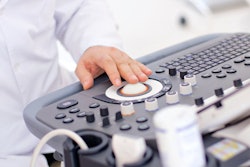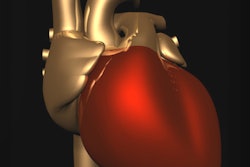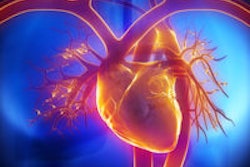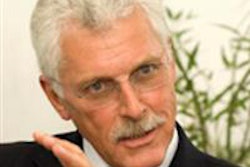
New guidelines for multimodality imaging and diagnosis of prosthetic heart valves have been issued by the European Association of Cardiovascular Imaging (EACVI).
Malfunction of prosthetic heart valves is rare but can be life-threatening. It is crucial to determine the cause, which can affect the necessary treatment, EACVI said (European Heart Journal - Cardiovascular Imaging, 4 May 2016).
The guidelines call for echocardiography to be used first to detect malfunction; other imaging modalities can be used afterward if more information is needed to establish the cause and extent of complications, according to lead author Dr. Patrizio Lancellotti from the University of Liège in Belgium.
More specifically, if prosthetic heart valve complications are suspected, the guidelines recommend the following:
- First-line imaging with 2D transthoracic echocardiography (TTE)
- 2D and 3D TTE, as well as transoesophageal echocardiography (TOE), for complete evaluation
- Cinefluoroscopy for the assessment of disk mobility and valve ring structure
- Cardiac CT to visualize calcification, degeneration, pannus, and thrombus
- Cardiac MRI to assess cardiac and valvular function
- Nuclear imaging, especially when infective endocarditis is suspected
New algorithms are available to help clinicians diagnose and quantify prosthetic heart valve dysfunction, Lancellotti noted in a statement. The algorithms are easy to use and are aimed at improving assessment and management of patients, so that better outcomes can be achieved when complications do occur.
The recommendations are endorsed by the Chinese Society of Echocardiography, the Inter-American Society of Echocardiography, and the Brazilian Department of Cardiovascular Imaging, EACVI said.
Heart valve disease is a common type of cardiovascular disease affecting about 3% to 6% of the population older than 65 years of age, the society said. By 2050, an estimated 850,000 prosthetic heart valves will be implanted every year in Western countries.



















